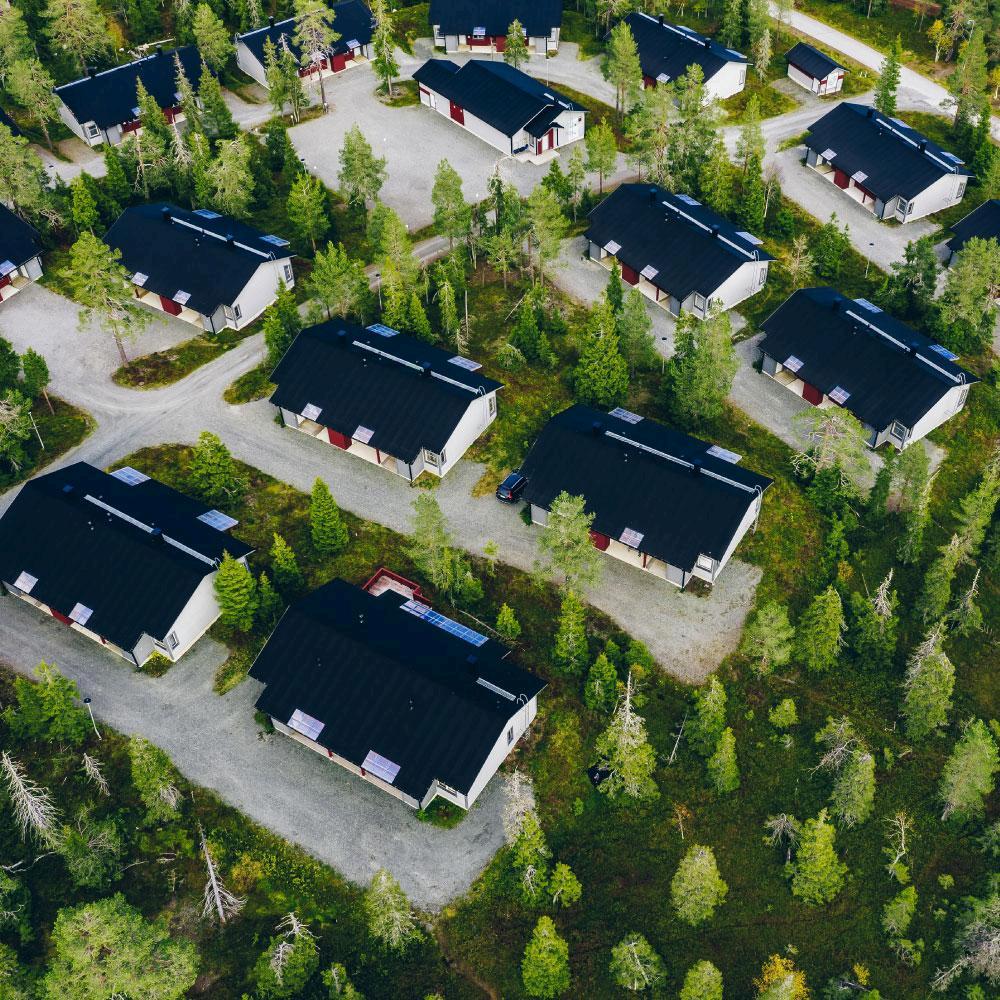Built to Last: Longevity in Commercial and
Residential Construction by Perry Greene
Published on: 08/18/2025

When planning a new building, the focus should go beyond immediate needs Longevity is a crucial factor in both commercial and residential construction. Designing for durability ensures that structures remain safe, functional, and cost-effective for decades It is not enough to rely on aesthetics or short-term solutions. Thoughtful planning, strong materials, and attention to detail are all essential to creating buildings that withstand everyday use, environmental challenges, and the test of time, as suggested by Perry Greene
Material selection is a key step in building for durability In residential construction, choosing weather-resistant siding, durable roofing, and resilient flooring can make a home last longer For commercial buildings, designers must consider the demands of high traffic, heavy equipment, and constant use Materials such as reinforced concrete, steel, and engineered wood provide the strength needed for these conditions Focusing on long-lasting materials prevents early damage and reduces repair costs over the life of the building.
Environmental factors also play a significant role in durability. A residential home in a region with frequent storms needs strong roofs and moisture-resistant materials Commercial spaces in areas with extreme temperatures require proper insulation and structural design to handle heat, cold, or heavy snow. When buildings are designed with local conditions in mind, they remain safer, reduce maintenance issues, and provide better value for owners Ignoring environmental challenges can lead to frequent repairs and decreased lifespan
Ease of maintenance is another essential element of long-lasting design Buildings that are simple to care for save owners time and money Features like low-maintenance surfaces, accessible plumbing, and easy-to-repair finishes allow for smoother upkeep. Homes and offices that are easier to maintain stay in good condition for longer periods Proper maintenance planning during design ensures durability without creating extra work or costs later.
Energy efficiency also contributes to the longevity of a building Homes and commercial properties that include proper insulation, energy-efficient windows, and well-designed mechanical systems reduce stress on heating and cooling units This not only lowers energy bills but also extends the life of essential systems When buildings operate efficiently, they remain reliable and durable over the long term.
Planning for future use enhances longevity as well. A home designed to adapt to family growth or a commercial space built for flexible layouts reduces the need for major renovations later. Strong structural support and adaptable design make buildings more resilient to changing needs. Considering the future during design protects both investment and function.
